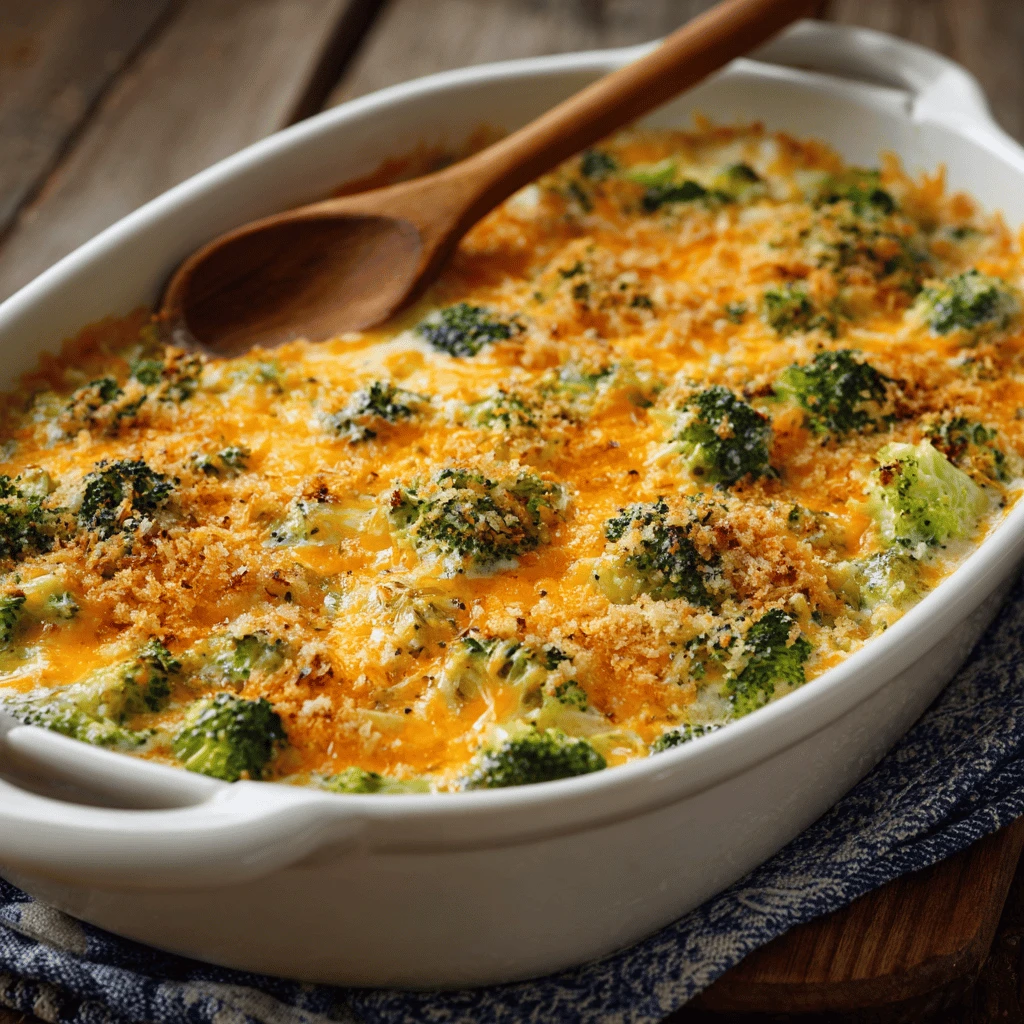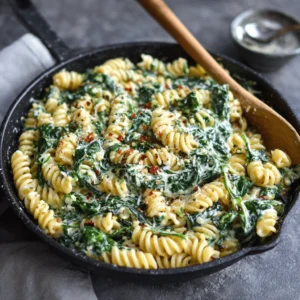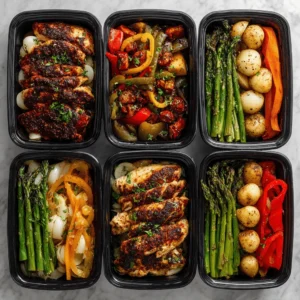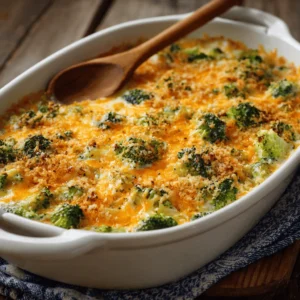Cheesy Broccoli Casserole: A Comfort Food Classic
Introduction: The Enduring Appeal of Cheesy Broccoli Casserole
Cheesy broccoli casserole. Just the name conjures up images of warm, comforting family dinners and holiday gatherings. This classic dish has graced tables for generations, and for good reason: it’s delicious, relatively easy to make, and a guaranteed crowd-pleaser. The combination of tender broccoli florets, a creamy cheese sauce, and a crispy topping creates a symphony of flavors and textures that’s hard to resist. Whether you’re a seasoned cook or a beginner in the kitchen, cheesy broccoli casserole is a recipe you can confidently add to your repertoire. This article will explore everything you need to know to create the perfect cheesy broccoli casserole, from the basic ingredients and preparation steps to variations and serving suggestions.
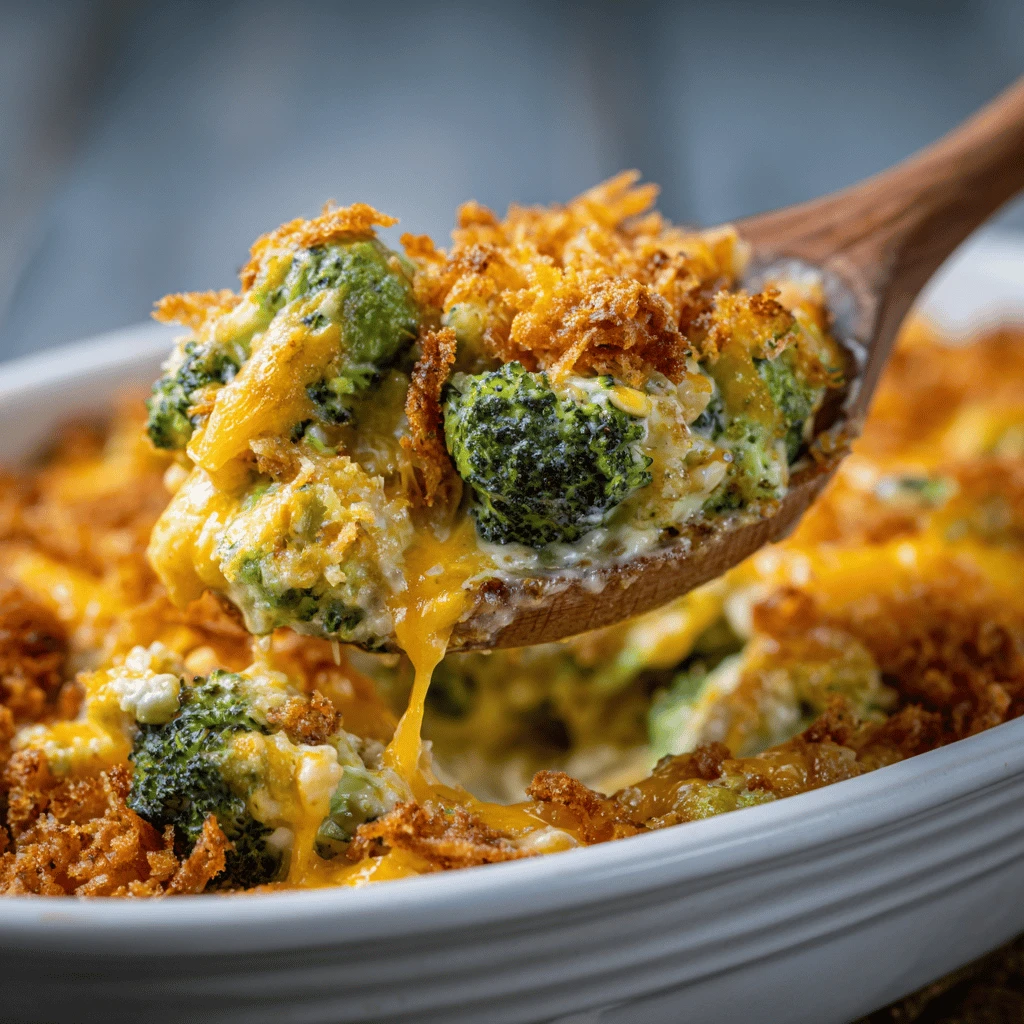
Mastering the Basics: Ingredients and Preparation
The beauty of cheesy broccoli casserole lies in its simplicity. The core ingredients are readily available, and the preparation is straightforward. Let’s break down the essentials:
Broccoli: Fresh broccoli is the star of the show. Look for firm, dark green florets with tightly closed buds. Frozen broccoli is a perfectly acceptable substitute, especially when time is short. If using frozen broccoli, be sure to thaw it thoroughly and drain any excess water before adding it to the casserole. Some recipes call for steaming or blanching the broccoli beforehand to ensure it’s tender, while others rely on the heat of the oven to cook it through. The choice is yours, depending on your preferred level of tenderness.
Cheese Sauce: This is where the magic happens. A classic cheese sauce starts with a roux – a mixture of butter and flour that acts as a thickening agent. Milk or cream is then added gradually, followed by shredded cheese. Cheddar cheese is the most common choice, but you can experiment with other varieties like Gruyere, Monterey Jack, or even a blend of cheeses for a more complex flavor. Seasoning with salt, pepper, and a touch of garlic powder or onion powder elevates the sauce even further. Pre-made condensed cream of mushroom or cream of chicken soup can also be used as a convenient shortcut, though the flavor will be slightly different.
Topping: The topping provides a crucial textural contrast to the creamy casserole. Crushed crackers, such as Ritz crackers, are a popular option, providing a buttery, slightly salty crunch. Breadcrumbs, either plain or seasoned, are another great choice. For an extra layer of flavor, consider tossing the crackers or breadcrumbs with melted butter and grated Parmesan cheese before sprinkling them over the casserole. Some recipes also include chopped nuts, such as pecans or walnuts, for added crunch and nutty flavor.
Other Ingredients: While broccoli, cheese sauce, and topping form the foundation of the casserole, other ingredients can be added to customize the flavor. Chopped onions, bell peppers, or mushrooms can be sautéed and added to the cheese sauce for added depth. Cooked ham, bacon, or chicken can also be incorporated to make the casserole a more substantial meal. A dash of hot sauce or a pinch of red pepper flakes can add a subtle kick of heat.
Preparation Steps:
1. Prepare the broccoli: Wash and cut the broccoli into bite-sized florets. Steam, blanch, or microwave until tender-crisp. If using frozen broccoli, thaw and drain thoroughly.
2. Make the cheese sauce: Melt butter in a saucepan, whisk in flour, and cook for 1-2 minutes. Gradually whisk in milk or cream until smooth. Bring to a simmer, stirring constantly, until thickened. Remove from heat and stir in shredded cheese until melted. Season with salt, pepper, and other desired seasonings.
3. Combine ingredients: In a large bowl, combine the cooked broccoli, cheese sauce, and any other desired ingredients.
4. Transfer to a baking dish: Pour the mixture into a greased baking dish.
5. Prepare the topping: Combine crushed crackers or breadcrumbs with melted butter and Parmesan cheese (if using).
6. Sprinkle topping over casserole: Sprinkle the topping evenly over the broccoli mixture.
7. Bake: Bake in a preheated oven at 350°F (175°C) for 20-25 minutes, or until the topping is golden brown and the casserole is bubbly.
Variations and Adaptations: Putting Your Own Spin on the Classic
Once you’ve mastered the basic cheesy broccoli casserole, you can start experimenting with variations and adaptations to create your own signature version. Here are a few ideas to get you started:
- Cauliflower and Broccoli Casserole: Combine broccoli and cauliflower florets for a more diverse flavor and texture.
- Broccoli Cheese Rice Casserole: Add cooked rice to the mixture for a heartier, more filling casserole. This is a great way to use up leftover rice.
- Broccoli Cheddar Soup Casserole: Use canned broccoli cheddar soup as the base of the cheese sauce for a shortcut version.
- Spicy Broccoli Casserole: Add a dash of hot sauce, red pepper flakes, or chopped jalapeños to the cheese sauce for a spicy kick.
- Healthy Broccoli Casserole: Use low-fat cheese, whole wheat breadcrumbs, and skim milk to create a lighter version of the casserole. You can also add more vegetables, such as spinach or kale, for added nutrients.
- Vegan Broccoli Casserole: Use vegan cheese, plant-based milk, and a vegan butter substitute to create a dairy-free version of the casserole. Nutritional yeast can be added to the cheese sauce for a cheesy flavor. Use crushed vegan crackers or breadcrumbs for the topping.
- Crustless Broccoli Casserole: Omit the topping for a lower-carb option. The casserole will still be delicious and creamy.
Don’t be afraid to experiment with different combinations of ingredients and flavors to find your perfect cheesy broccoli casserole. The possibilities are endless! Consider what you have on hand and what flavors you enjoy. Think about adding different types of cheese, vegetables, or proteins. The key is to have fun and be creative.
Serving and Storing: Making the Most of Your Casserole
Cheesy broccoli casserole is a versatile dish that can be served as a side dish or a main course. It pairs well with a variety of entrees, such as roasted chicken, baked ham, or grilled steak. It’s also a great addition to holiday buffets and potlucks.
Serving Suggestions:
- As a Side Dish: Serve alongside a main course of your choice. A classic pairing is roasted chicken or ham.
- As a Main Course: Add cooked ham, bacon, or chicken to the casserole to make it a more substantial meal. Serve with a side salad and crusty bread.
- For Holiday Gatherings: Cheesy broccoli casserole is a great addition to holiday buffets. It’s easy to make ahead of time and can be served warm or at room temperature.
- For Potlucks: Bring a cheesy broccoli casserole to your next potluck. It’s always a crowd-pleaser.
Storing Leftovers:
Leftover cheesy broccoli casserole can be stored in the refrigerator for up to 3-4 days. To reheat, cover the casserole with foil and bake in a preheated oven at 350°F (175°C) for 15-20 minutes, or until heated through. You can also reheat individual portions in the microwave.
Freezing:
Cheesy broccoli casserole can be frozen for up to 2-3 months. To freeze, let the casserole cool completely, then wrap it tightly in plastic wrap and aluminum foil. To thaw, transfer the casserole to the refrigerator and let it thaw overnight. Reheat as directed above.
Tips for Reheating:
- To prevent the topping from getting soggy, you can reheat the casserole uncovered for the last few minutes of baking.
- If the casserole seems dry, add a splash of milk or cream before reheating.
- When reheating in the microwave, be sure to cover the casserole to prevent splattering.
Troubleshooting and Common Mistakes
Even with a simple recipe like cheesy broccoli casserole, things can sometimes go wrong. Here are some common mistakes and how to fix them:
- Runny Casserole: This is usually caused by too much liquid in the cheese sauce or the broccoli not being drained properly. To fix this, you can try thickening the cheese sauce with a cornstarch slurry (mix 1 tablespoon of cornstarch with 2 tablespoons of cold water and whisk into the sauce). Make sure to drain the broccoli thoroughly before adding it to the casserole.
- Dry Casserole: This is usually caused by baking the casserole for too long or at too high of a temperature. To fix this, you can try adding a splash of milk or cream to the casserole before reheating. You can also cover the casserole with foil during baking to prevent it from drying out.
- Soggy Topping: This is usually caused by adding the topping too early in the baking process. To fix this, wait until the casserole is almost done before adding the topping. You can also toast the topping separately in a skillet or the oven before adding it to the casserole.
- Bland Flavor: This is usually caused by not seasoning the cheese sauce properly. Make sure to season the sauce with salt, pepper, and other desired seasonings. You can also add other ingredients, such as garlic powder, onion powder, or hot sauce, to boost the flavor.
- Unevenly Cooked Broccoli: This is usually caused by not cutting the broccoli into uniform pieces. Make sure to cut the broccoli into bite-sized florets so that they cook evenly. You can also steam or blanch the broccoli before adding it to the casserole to ensure that it’s tender.
By avoiding these common mistakes, you can ensure that your cheesy broccoli casserole turns out perfectly every time.
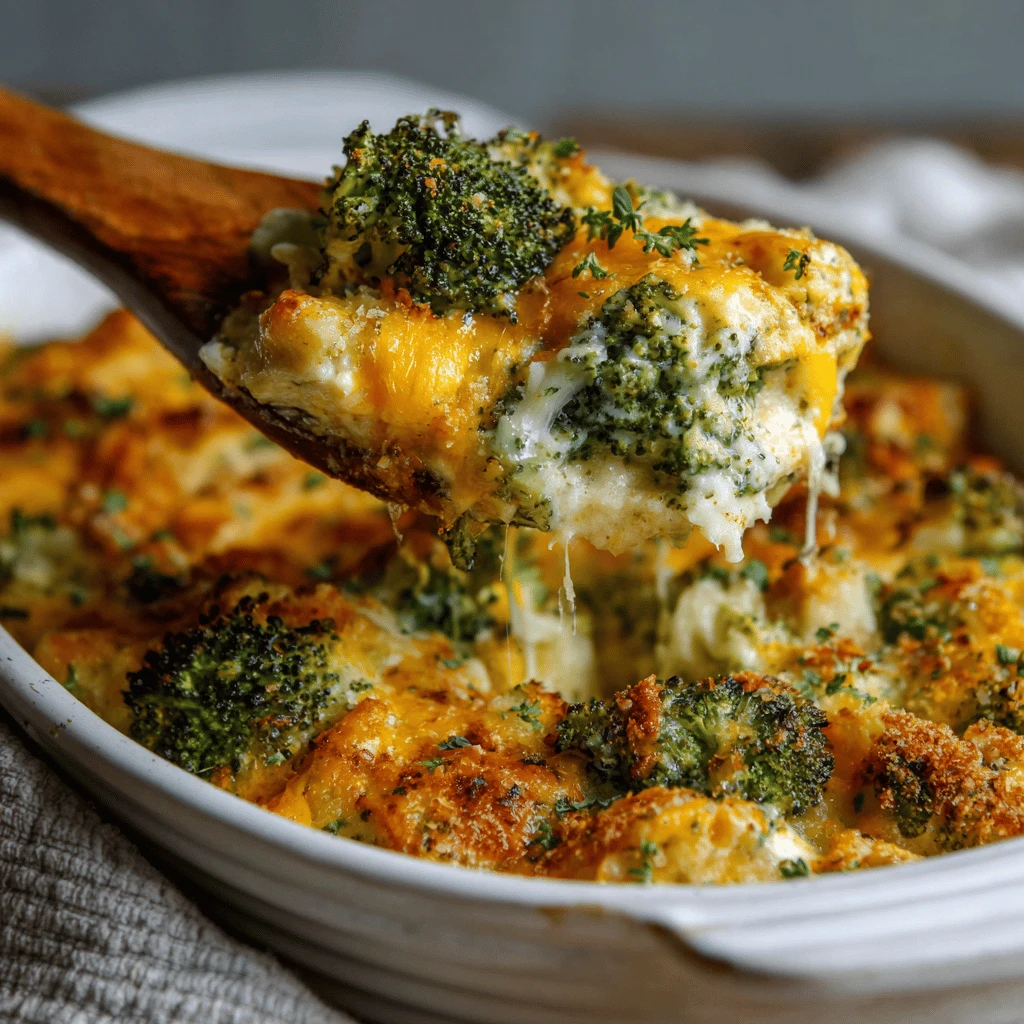
Frequently Asked Questions (FAQ)
- Can I use frozen broccoli instead of fresh?
Yes, frozen broccoli is a perfectly acceptable substitute. Just be sure to thaw it thoroughly and drain any excess water before adding it to the casserole.
- Can I make this casserole ahead of time?
Yes, you can assemble the casserole ahead of time and store it in the refrigerator for up to 24 hours before baking. Add the topping just before baking.
- What kind of cheese is best for cheesy broccoli casserole?
Cheddar cheese is the most common choice, but you can experiment with other varieties like Gruyere, Monterey Jack, or a blend of cheeses.
- Can I add meat to this casserole?
Yes, cooked ham, bacon, or chicken can be added to make the casserole a more substantial meal.
- How do I prevent the topping from getting soggy?
Wait until the casserole is almost done before adding the topping. You can also toast the topping separately in a skillet or the oven before adding it to the casserole.
- Can I make this casserole dairy-free?
Yes, use vegan cheese, plant-based milk, and a vegan butter substitute to create a dairy-free version. Nutritional yeast can be added to the cheese sauce for a cheesy flavor.
